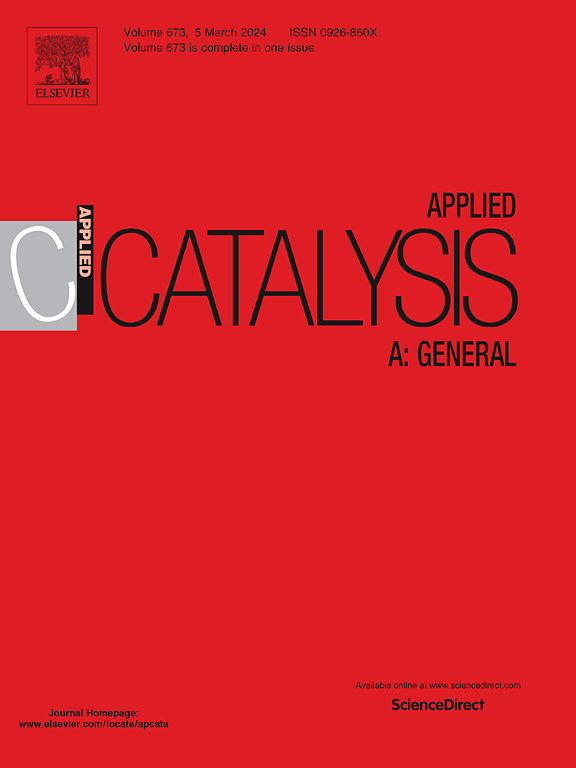Machine learning for catalyst optimization: Outlier detection and material innovation
IF 4.8
2区 化学
Q2 CHEMISTRY, PHYSICAL
引用次数: 0
Abstract
We present a machine learning-driven framework for the discovery and optimization of catalysts in gas adsorption mechanism, focusing on layered heterogeneous catalysts. This approach integrates electronic-structure descriptors with predictive and generative models to explore and evaluate catalyst compositions. By analyzing the adsorption energies of C, O, N, and H, we identify key electronic features that influence chemisorption and govern catalytic performance. Feature attribution methods and permutation importance analyses provide both local and global insights into feature significance, pinpointing critical descriptors that drive material behavior. The generative workflow uncovers novel catalyst candidates and outliers. These outliers — materials situated in low-density regions of the electronic feature space — were analyzed using statistical methods, principal component analysis (PCA), and feature importance techniques to uncover their unique electronic signatures and the potential influence of d-band width and d-band upper edge on catalytic behavior. This strategy accelerates the identification of high-performing catalytic materials, offering a scalable, data-driven pathway for innovation in catalysis and energy storage applications, while ensuring that the discovered materials meet specified adsorption energy ranges for targeted reactions.
催化剂优化的机器学习:异常值检测和材料创新
我们提出了一个机器学习驱动的框架,用于发现和优化气体吸附机制中的催化剂,重点是层状非均相催化剂。该方法将电子结构描述符与预测和生成模型相结合,以探索和评估催化剂成分。通过分析C、O、N和H的吸附能,我们确定了影响化学吸附和控制催化性能的关键电子特征。特征归因方法和排列重要性分析提供了对特征重要性的局部和全局见解,精确定位了驱动材料行为的关键描述符。生成式工作流程揭示了新的催化剂候选和异常值。这些异常值-位于电子特征空间的低密度区域的材料-使用统计方法,主成分分析(PCA)和特征重要性技术进行分析,以揭示其独特的电子特征以及d波段宽度和d波段上边缘对催化行为的潜在影响。这一策略加速了高性能催化材料的识别,为催化和储能应用的创新提供了可扩展的、数据驱动的途径,同时确保发现的材料满足目标反应的特定吸附能范围。
本文章由计算机程序翻译,如有差异,请以英文原文为准。
求助全文
约1分钟内获得全文
求助全文
来源期刊

Applied Catalysis A: General
化学-环境科学
CiteScore
9.00
自引率
5.50%
发文量
415
审稿时长
24 days
期刊介绍:
Applied Catalysis A: General publishes original papers on all aspects of catalysis of basic and practical interest to chemical scientists in both industrial and academic fields, with an emphasis onnew understanding of catalysts and catalytic reactions, new catalytic materials, new techniques, and new processes, especially those that have potential practical implications.
Papers that report results of a thorough study or optimization of systems or processes that are well understood, widely studied, or minor variations of known ones are discouraged. Authors should include statements in a separate section "Justification for Publication" of how the manuscript fits the scope of the journal in the cover letter to the editors. Submissions without such justification will be rejected without review.
 求助内容:
求助内容: 应助结果提醒方式:
应助结果提醒方式:


